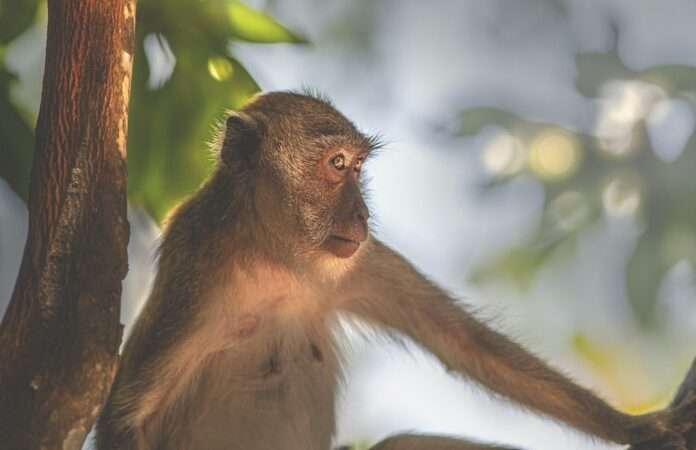Remember the early, quiet days of the pandemic when flocks of sheep took over English towns? Environmental scientists say we need more of that if we’re to make a dent in slowing deforestation.
Two new studies published in the last week take a look at the state of the world’s forests and the threats of deforestation.
According to the first study, conducted by researchers at the Alliance of Biodiversity International and CIAT, while the world did indeed slow down during the early covid days, it did not curtail deforestation. The second one found the role of animals in forest regeneration is more crucial than ever.
Deforestation patterns didn’t change much during lockdown
According to Our World in Data, the planet loses around ten million hectares of forest every year—an area about the size of Portugal. Nearly all of it—more than 95 percent—is in the tropics.
The researchers looked at tree cover loss over time to determine whether deforestation patterns in 2020–peak pandemic lockdown—continued on their expected trajectories. The researchers looked at forest cover across the Americas, Africa, and Asia in countries including Brazil, Colombia, Peru, the Democratic Republic of the Congo, and Indonesia.
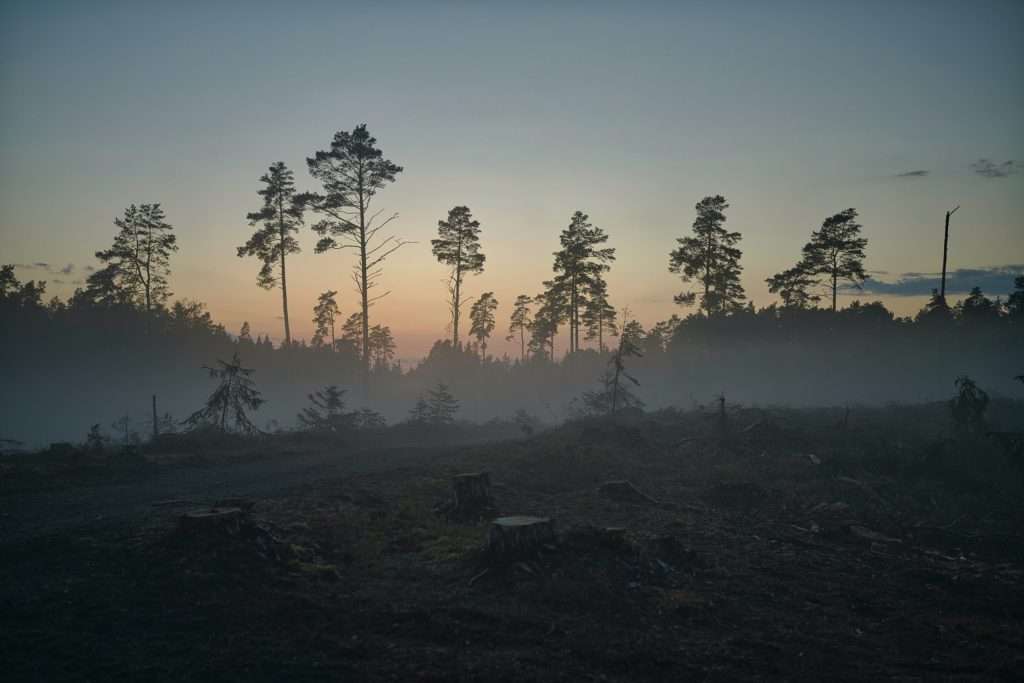
Despite the global drop in activity during the first year of covid, the researchers say there was little change in deforestation patterns. According to Janelle Sylvester, Research Fellow at the Alliance and study author, the dynamics driving deforestation did not feel the impacts of covid lockdown in the same ways the rest of the world did.
“For example, illegal deforestation in areas where there was minimal state (governmental) presence before the pandemic would likely continue during lockdowns,” she said.
Sylvester says global-level macroeconomic forces that related to changes in demand and supply when paired with national economic stimulus packages “could have balanced out economic pressures that were being placed on forests.”
Jonathan Céspedes, the lead author of the study, now a second year Phd Student at Institut Polytechnique de Paris, says he was looking for the possible relationships between covid and deforestation.
“It is key to take into account that the spatial scale of this study is global; therefore, the next stage is to evaluate sub-national and local scales, where probably the results may be different,” Céspedes said.
For deforestation, the usual suspects weren’t swayed by lockdown
According to Louis Reymondin, who co-leads the Digital transformation of the agri-food systems research theme for the Alliance of Bioversity International and CIAT said he wasn’t surprised by the study’s findings. Reymondin says cattle grazing and soy production for cattle, were largely uninterrupted by the pandemic. Both are key drivers of deforestation across Brazil and key contributors to climate change.
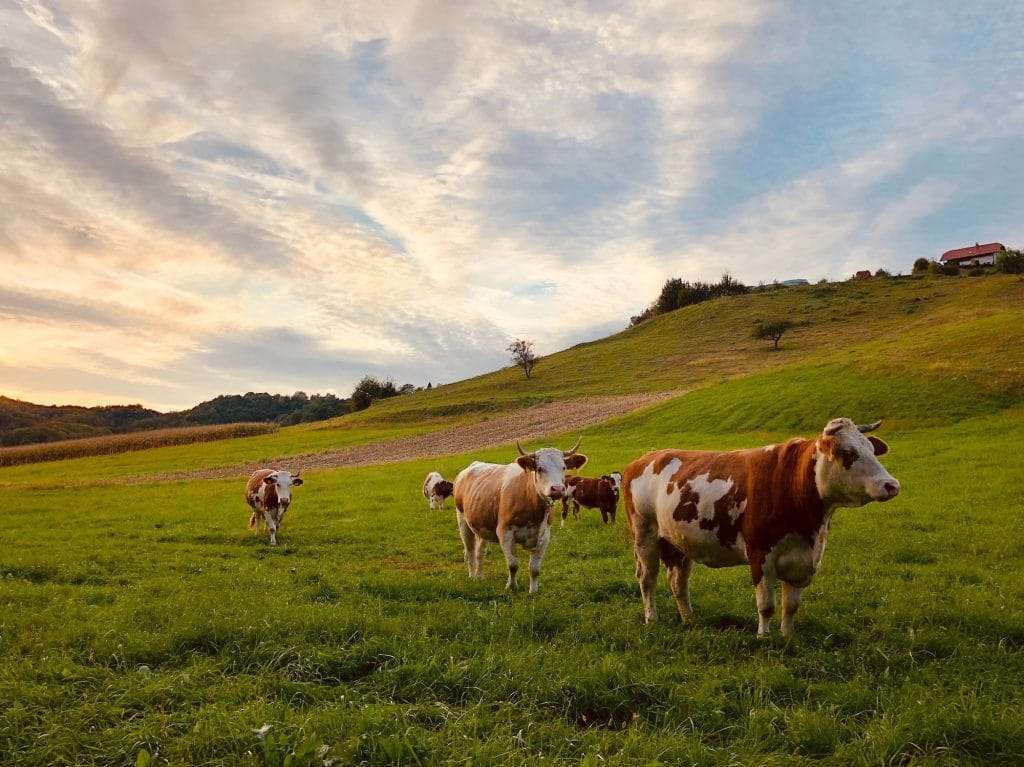
“There were changes in food consumption habits, but usually it was towards processed foods and a reliance on industrialized agriculture,” he said, “The disruption needed to stop deforestation is about changing consumer behavior, changing the food system… and that’s something that countries and governments and scientists are trying to push forward.”
Responses to the pandemic may have longer-term effects on deforestation, says Sylvester, particularly as economic recovery efforts could bring long-term impacts.
“All in all we see that deforestation trends in most countries followed their expected trajectories; however, to really understand the effects of the pandemic on deforestation we will have to look at a longer time period, say three years or more, in order to understand how national economic recovery efforts impact forest cover,” Sylvester said.
Animal roles in forest regeneration
Those findings come as another study, published in the Philosophical Transactions of the Royal Society B, looked at the beneficial roles of animals in regenerating forests. The findings were published by the Max Planck Institute of Animal Behavior, Yale School of the Environment, the New York Botanical Garden, and the Smithsonian Tropical Research Institute.
The research team looked at a series of regenerating forests in central Panama that spanned 20 to 100 years post-abandonment. The researchers found that animals carried a variety of seeds into deforested areas and helped tree species recover, achieving old-growth levels after just four to seven decades.
“Most studies examine the first 30 years of succession, but our data spanning 100 years gives us a rare glimpse into what happens in the late phase of restoration,” says Daisy Dent, a tropical ecologist from MPI-AB and the study’s senior author.
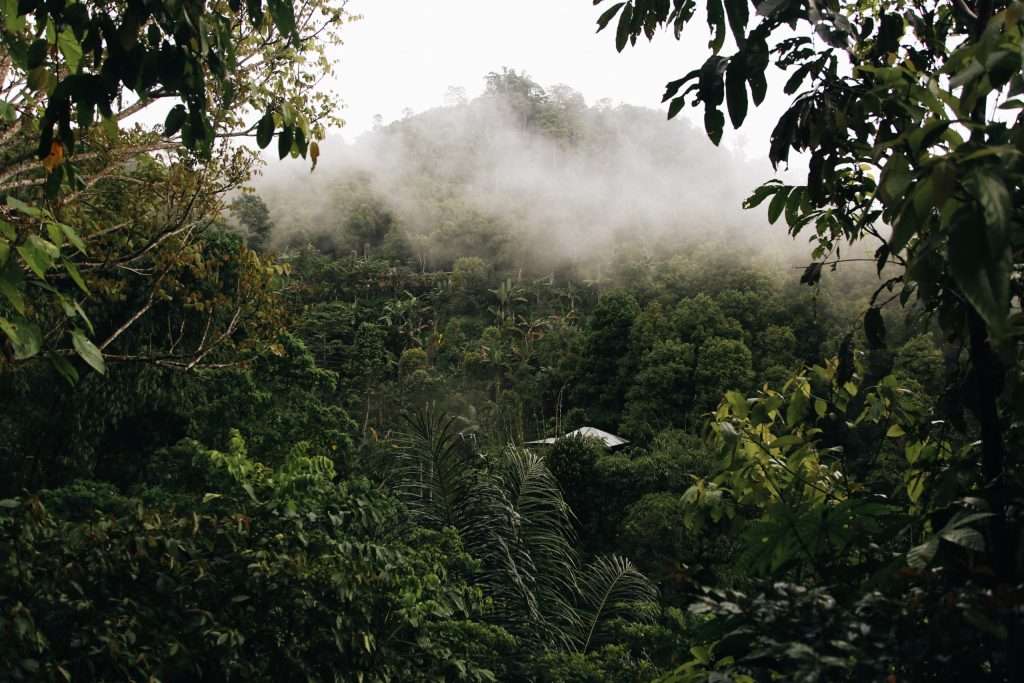
According to the researchers, the forest at the Barro Colorado Nature Monument in the Panama Canal, has been one of the best documented tropical forest successes. Scientists spanning generations have documented animal dispersion across the forest.
The dispersion of seeds by animals is key to regenerating forests around the world. According to the researchers, 80 percent of tree species can be dispersed by animals. But the researchers say not enough reforestation efforts are focused on animals. Most are looking at increasing tree coverage instead.
“We show that considering the wider ecosystem, as well as features of the landscape, improves restoration efforts,” says Sergio Estrada-Villegas, a biologist at Universidad del Rosario (Bogotá, Colombia) and the study’s first author.
“Figuring out how animals contribute to reforestation is prohibitively hard because you need detailed information about which animals eat which plants,” says Estrada-Villegas.
“Animals are our greatest allies in reforestation,” says Dent “Our study prompts a rethink of reforestation efforts to be about more than just establishing plant communities.”
The researchers also note that putting regenerating forests closer to old growth forests along with reducing hunting, better enables animals to establish in an area, thus promoting healthier forests.
Animals with the biggest impact
In this current study, four animal groups were tracked: flightless mammals, large birds, small birds, and bats. The researchers tracked the changes over a century of data, compiling the most detailed data on animal seed dispersal recovery over the longest timeframe.
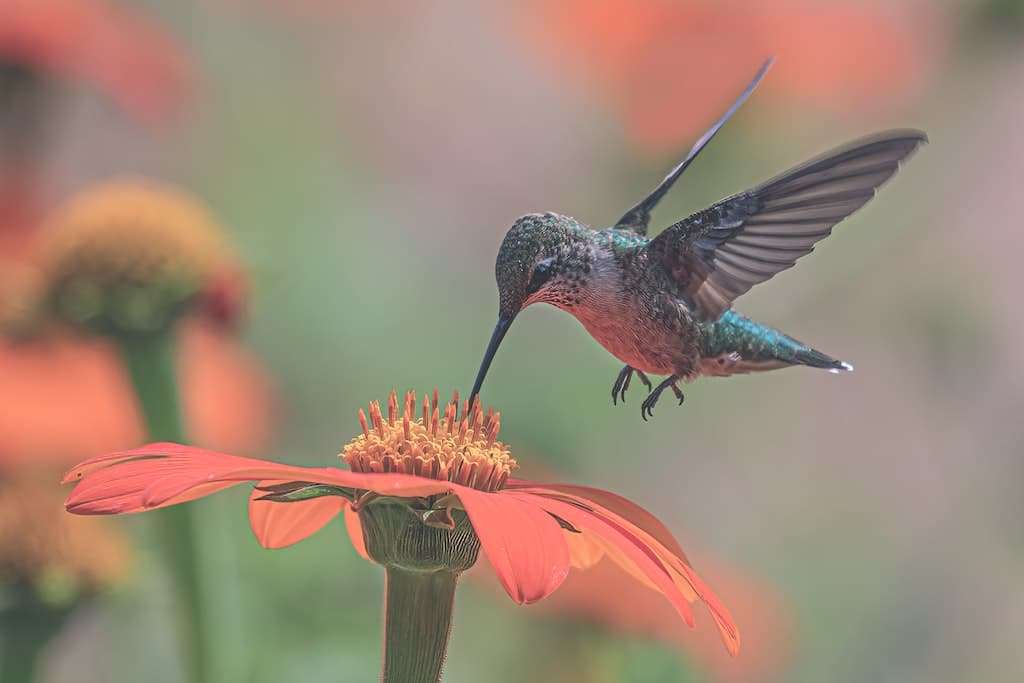
Small birds were the dominant species in young regenerating forests. They were replaced by larger birds as the forests aged. But terrestrial mammals played the biggest role in dispersing seeds across all forest ages.
“This result is quite unusual for post-agricultural regenerating forests,” says Dent. “It is likely that the presence of large tracts of preserved forests near our secondary stands, coupled with low hunting, has allowed the mammal populations to thrive and to bring an influx of seeds from neighboring patches.”
Estrada-Villegas says the researchers hope this information can help practitioners to structure their restoration practices “by enabling frugivorous species to help the restoration process and speed up forest recovery.”
Related on Ethos:

